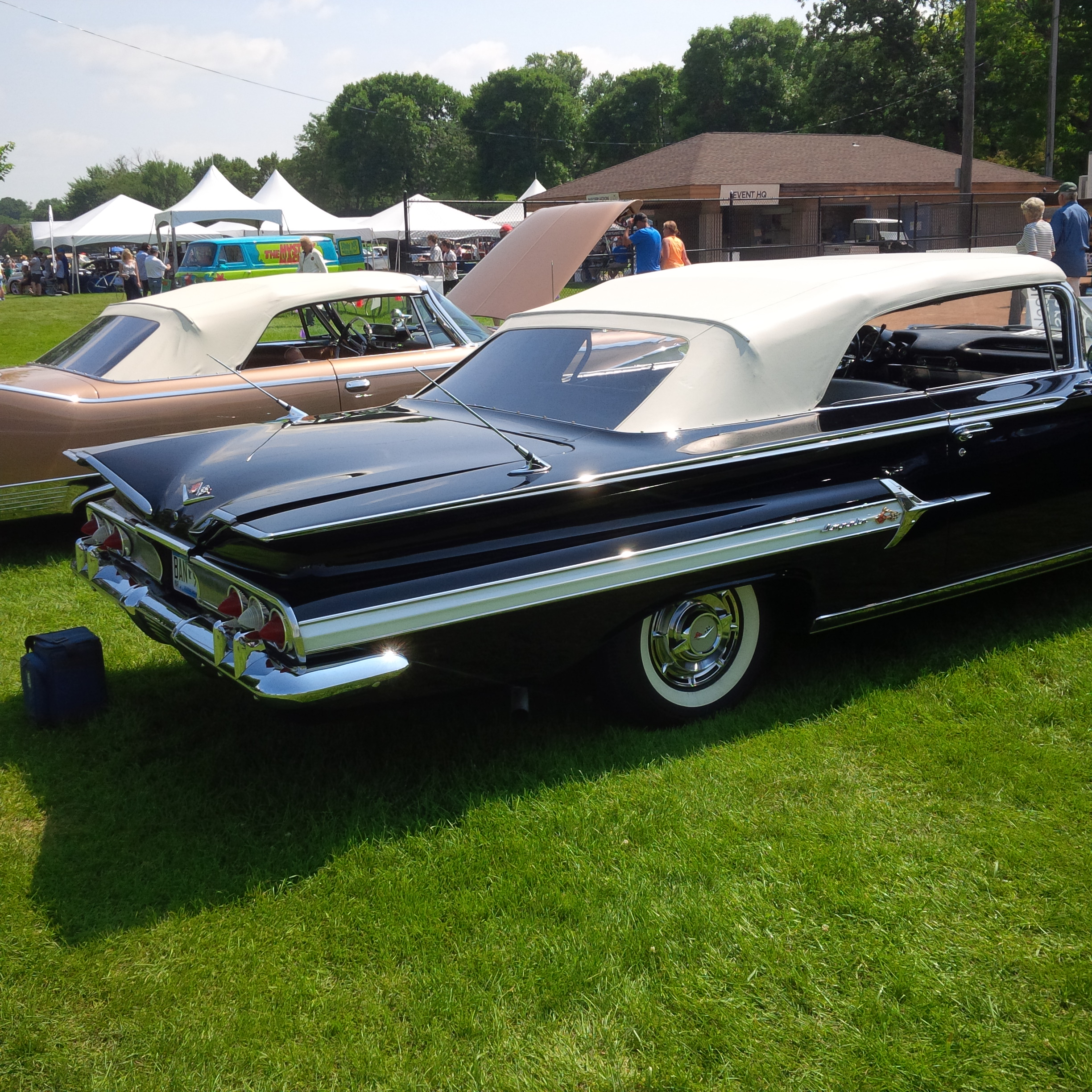I have a law.
Murphy has Murphy’s Law and Isaac Newton has one that I’ve heard involves gravity and I’ve got mine. Mine’s not as well known as theirs, of course, but I think it’s pretty good.
Randall’s Law: Technology develops slower in foresight and faster in hindsight.

Predictions
OK, it’s not catchy. It’ll never be part of a meme. No subreddits for me. Oh well.
But after most of a lifetime (I’m 57) of being a nerd and 25 years of tech investing, I think I’ve earned a law. In plain English, my law says that predictions take longer to come true than we estimate when we make them.
But when we actually reach the future, it’s much more common for us to be amazed that the same thing happened so fast – and we often forget how far off our predictions were.
Wrist Radio
Think about mobile telephones. Comic book character Dick Tracy first got his ‘wrist radio’ in 1946. The real thing must have felt right around the corner.
But real cellular telephone service wasn’t widely available until the late 1980s. For people of a certain age – like me – cell phones seem to have come out of nowhere.
Reality check? Ask the next millennial what you’re “hanging” when you hang up the phone.
Hindsight
In my view, this is true even about mundane, nuts-and-bolts stuff. Like 3G ‘broadband’ cellular service. Thought to be just a few years away in 1999, it wasn’t the industry standard until, oh, about 2007.
And even then, only 16% of mobile phone users worldwide made use of full 3G capabilities.
So that’s the foresight part. But in hindsight, it’s remarkable how quickly various newfangled devices caught on. We went from 300 baud modems in 1982 to wired broadband in 20 years.
The World Wide Web was essentially born in 1993. Five years later, people were trading stocks online and buying books from Amazon.com by using a credit card. Practically the blink of an eye.
Flying Cars
In short, I think Randall’s Law works for a lot of technical innovation. But there’s a glaring exception to the rule: flying cars.
Flying cars have been perpetually ‘just around the corner’ since the 1950s. After Chuck Yeager broke the sound barrier in 1947 and the Space Race began in earnest with Sputnik in 1957, the idea of flying cars seemed for a number of years like an inevitability….that never seemed to arrive.
Heck, the whole tailfin era in American automobiles, which peaked in 1960, was not simply an homage to what was happening in the skies, it was practically a dry run for flying cars.
Grounded
In short, Randall’s law had the foresight part of flying cars correct – it’s taking a long time – but it’s been just as slow in hindsight. Why is that?
The conventional wisdom about flying cars is that no one has invented a power plant with a sufficiently high power-to-weight ratio…and…doesn’t cost that much to produce. Fine, you say. Time and money will solve that problem.
Prediction
But here’s my own prediction: Flying cars will NEVER happen. But not because of the lack of a suitable power plant. Rather, because of something called VFR into IMC.
Literally, that means, ‘Visual Flight Rules into Instrument Meteorological Conditions.’
Or, in plane English (sorry!), “flying into clouds when neither the pilot nor the plane are capable of handling that situation.”
VFR into IMC is only the 7th leading cause of non-commercial accidents. But 86% of those accidents are fatal.
Clouds Ahead
And in a futuristic world of flying cars, I think that kind of mortality rate just won’t fly. Clouds and fog happen. All the time. Unpredictably.
While new technology like synthetic vision might reduce accident-causing disorientation, clouds and fog also provide the moisture that ices up aircraft surfaces like wings and propellers.
There’s no escaping it.
The Summer of 2018 has seen a renewed interest in flying cars. The huge biennial Farnborough Airshow in England featured several design studies and marketing presentations.
Uber
And here in the U.S. Uber began promoting a futuristic scheme involving ‘electric flying cars’ that will, in their words, “enable four-person ridesharing flights in densely populated urban markets.” Uh, yeah. Oh, and of course they’ll be autonomous (i.e., without a pilot).
Uber is hemorrhaging hundreds of millions of dollars per year, and that’s with a fleet of vehicles (used cars) bought and paid for by its drivers. Exactly who will pay for cutting-edge battery-powered electric air taxis? And perhaps more important, who will insure them?
And let’s be honest with ourselves: a big reason companies from Boeing and Lockheed Martin all the way down to the Ned-in-a-shed backyard tinkerers are once again flying the flying car banner is because of one man: Elon Musk.
Takeaway
Musk’s ‘success’ in willing Tesla and SpaceX into existence has made it hard for the naysayers to say “nay,” and easy for the big aerospace giants to drop a few PowerPoint slides into their corporate presentations acknowledging the competitive threat while continuing to actually ignore it.
But in my view it doesn’t matter: flying cars are never going to take off, whether they come from Elon Musk, Boeing or Ned himself. Even Icarus would have had the foresight to see that, in my view.
Photo Credit: Barry Randall


